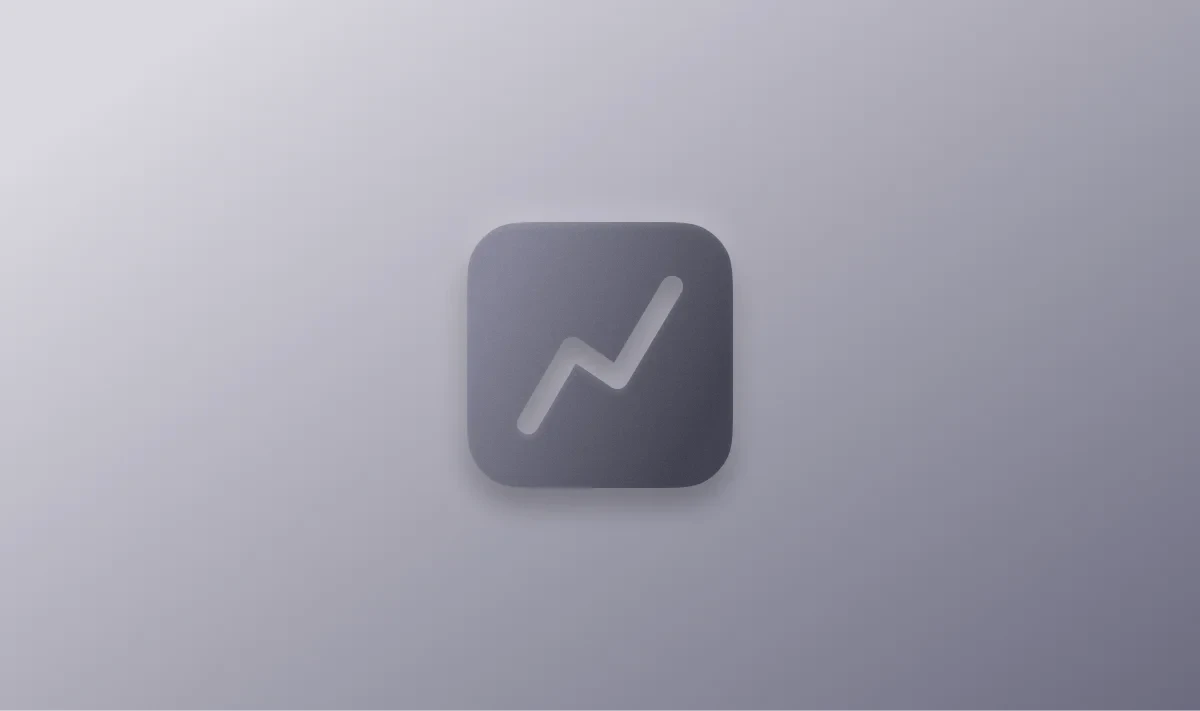insights
Journal
Shaping the future of software for
subcontractors in construction
Featured
5
Resources
2
Onetrace is rated 5.0 on Google Reviews
I've been using Onetrace for a year now, and it has been incredibly handy for generating reports and easily sharing them with clients. But beyond that, the customer service is outstanding.
MB
Marjorie Barja
YY Security
I have had an incredible experience overall working with the team at Onetrace. Not only has their app helped us streamline and customise our services but also their team have always been helpful and open to ideas for features while valuing us as clients and what is important to us.
SW
Simon White
Optimal Fire
Our clients and staff are very happy, its useability for our site team and back office is great and the reports produced for our clients are informative and professional. I wouldn't hesitate to recommend this to other business's looking for great software.
JM
Jason Metcalfe
Rooms Group
I am so pleased with Onetrace, it allows me to do everything i need from a firestopping point of view and a building company when it comes to reporting. The team are constantly updating and improving their features, forever pushing the limits of what the app is capable of.
NR
Nathan Rosel
Greenville Fire Protection
Brilliant software and excellent customer service. Easy to use and caters for all of our needs. Any time we have had any questions or issues we have been able to resolve over the phone without any delays or problems. Highly recommended.
DW
Daniel Winder
Cotswold Fire








